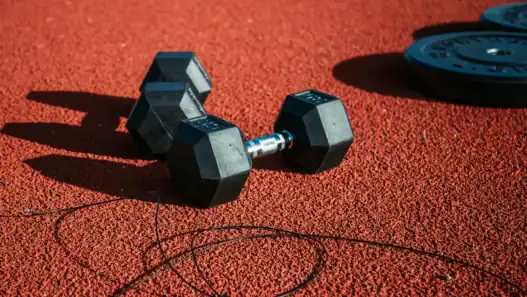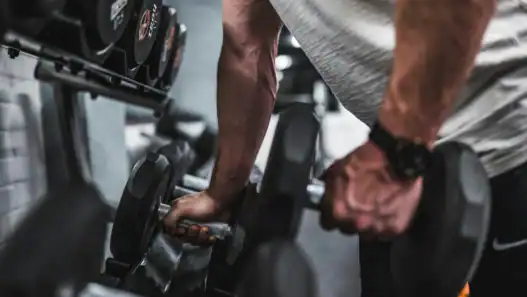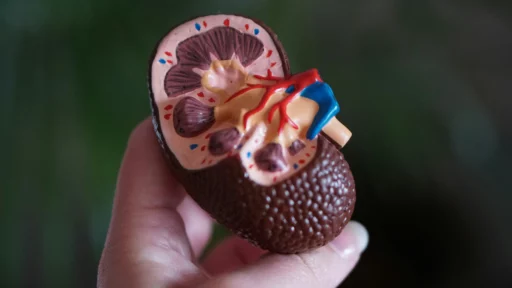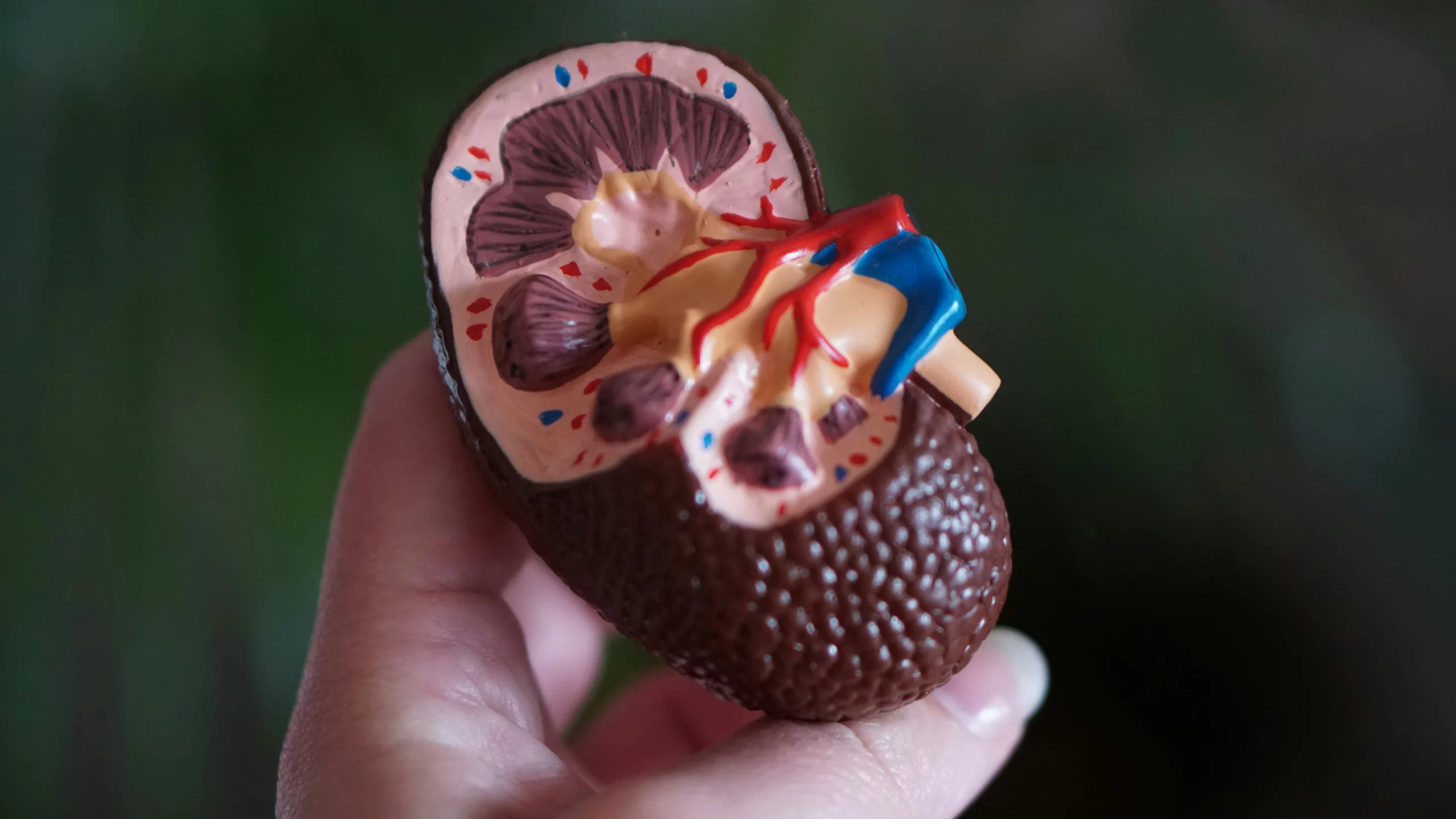Experiencing involuntary leakage of urine while coughing, also known as stress urinary incontinence (SUI), is a common issue, especially among women, older adults, and those with weakened pelvic muscles. The condition occurs when pressure on the bladder increases during activities such as coughing, sneezing, laughing, or exercising. While it can be embarrassing and inconvenient, several strategies can help manage and prevent this issue.
Understanding Why Peeing Happens When Coughing
Stress urinary incontinence occurs when the muscles that support the bladder and urethra become weakened, leading to urine leakage when pressure is exerted on the abdomen. The primary causes of weakened pelvic floor muscles include pregnancy and childbirth, aging, obesity, chronic coughing, and certain medical conditions. Hormonal changes, particularly during menopause, can also contribute to decreased muscle tone, making leakage more likely. In some cases, nerve damage from surgeries or neurological disorders can further impact bladder control.
Persistent coughing can worsen incontinence by placing repeated pressure on the pelvic floor muscles. Individuals suffering from chronic respiratory conditions such as asthma, bronchitis, or allergies may experience more frequent incidents of leakage. Understanding these causes is key to developing an effective strategy for managing urinary leakage while coughing.
Strengthening the Pelvic Floor with Kegel Exercises
One of the most effective ways to control urinary leakage is by strengthening the pelvic floor muscles through Kegel exercises. These exercises involve repeatedly contracting and relaxing the muscles that control urination. To perform Kegels, begin by identifying the correct muscles by stopping the flow of urine midstream. Once identified, contract these muscles for about five seconds, then relax for another five seconds. Repeat this process 10–15 times per session, aiming for at least three sessions per day. Over time, these exercises can improve bladder control and reduce episodes of leakage during coughing or other physical activities.
For best results, consistency is key. It may take several weeks or even months before noticeable improvements occur. Working with a pelvic floor therapist can provide additional guidance and personalized training techniques to maximize results.
Practicing Bladder Training Techniques
Bladder training can help increase the time between urination and reduce involuntary leakage. This method involves scheduling bathroom trips at set intervals and gradually increasing the time between each trip. Start by emptying the bladder every two hours, then extend the intervals by 15–30 minutes as bladder control improves. Training the bladder can help improve its capacity to hold urine and reduce the urgency and frequency of urination.
Another effective technique is double voiding, which involves emptying the bladder twice in quick succession. After urinating, wait a few minutes and try again to ensure the bladder is fully emptied, reducing the risk of leakage when coughing.
Maintaining a Healthy Weight
Excess body weight can put additional pressure on the bladder, exacerbating stress urinary incontinence. Losing weight through a balanced diet and regular exercise can alleviate this pressure and improve bladder function. Eating a fiber-rich diet can also help prevent constipation, which can contribute to bladder pressure and incontinence issues.
Physical activities that strengthen the core and support pelvic floor muscles, such as yoga, Pilates, and low-impact exercises, can be beneficial. Avoiding high-impact activities that place excessive strain on the pelvic muscles, such as running or jumping, may also help prevent leakage.
Avoiding Bladder Irritants
Certain foods and drinks can irritate the bladder and make incontinence worse. Caffeine, alcohol, carbonated beverages, spicy foods, artificial sweeteners, and acidic foods like citrus and tomatoes can trigger bladder sensitivity. Reducing or eliminating these irritants from the diet can help improve bladder control and decrease the likelihood of leakage when coughing.
Hydration is essential, but it is important to drink fluids at a steady pace rather than consuming large amounts at once. Drinking too much fluid before bed should also be avoided to reduce nighttime incontinence episodes.
Using the Proper Coughing Technique
Bracing the pelvic muscles before coughing can help prevent urine leakage. Before a cough, tighten the pelvic floor muscles as if trying to stop urination, then cough while keeping the muscles engaged. This technique, known as “the Knack,” helps support the bladder and prevent leaks. Maintaining good posture when coughing can also reduce pressure on the pelvic region. Practicing controlled breathing techniques and avoiding deep, forceful coughing when possible can also help minimize strain on the bladder.
If coughing is persistent due to allergies or an underlying respiratory condition, treating the cough itself may help reduce incontinence episodes. Using cough suppressants, staying hydrated, and avoiding irritants such as smoke and dust can reduce coughing frequency.
Wearing Protective Absorbent Products When Necessary
For those who experience frequent leakage, absorbent pads or liners can provide confidence and prevent discomfort. These products are designed to wick moisture away from the skin, reducing irritation and maintaining hygiene. While not a long-term solution, they can be useful during social outings or periods when managing incontinence is more challenging.
Choosing thin, discreet absorbent products can help maintain comfort while still offering effective protection. Specially designed incontinence underwear is also available for those who require additional coverage.
Seeking Medical Treatment for Persistent Incontinence
If urinary leakage continues despite lifestyle changes and exercises, consulting a healthcare provider can help determine further treatment options. Medications such as anticholinergics may help control bladder spasms, while estrogen therapy can improve muscle tone in postmenopausal women. In some cases, physical therapy or minimally invasive procedures like urethral bulking injections or a midurethral sling surgery may be recommended for more severe cases of stress incontinence.
Physical therapy techniques such as biofeedback, which involves using sensors to help retrain pelvic floor muscles, may also be beneficial. In cases where non-surgical methods are ineffective, surgical interventions such as a bladder sling procedure or colposuspension may be explored.
Lifestyle Modifications for Long-Term Management
Managing stress urinary incontinence requires long-term lifestyle adjustments. Maintaining a healthy weight, engaging in regular exercise, managing fluid intake, and wearing supportive undergarments can help manage symptoms effectively. Keeping a bladder diary to track leakage episodes and identifying specific triggers can be useful for developing a personalized management plan.
Preventative measures such as strengthening core muscles, avoiding smoking, and limiting exposure to bladder irritants can also help prevent worsening symptoms. If coughing-related incontinence is a recurring issue, working with a healthcare professional to address the underlying cause of coughing can significantly improve bladder control.
The Big Picture
Managing urinary leakage while coughing requires a combination of pelvic floor strengthening, bladder training, weight management, and lifestyle modifications. Practicing Kegel exercises, avoiding bladder irritants, and using proper coughing techniques can significantly reduce episodes of leakage. For those with persistent symptoms, medical interventions such as medication, physical therapy, or surgery may be necessary. By taking proactive steps, individuals can regain bladder control and improve their quality of life. With consistency and the right approach, stress urinary incontinence can be effectively managed, allowing for greater confidence and comfort in daily activities.















